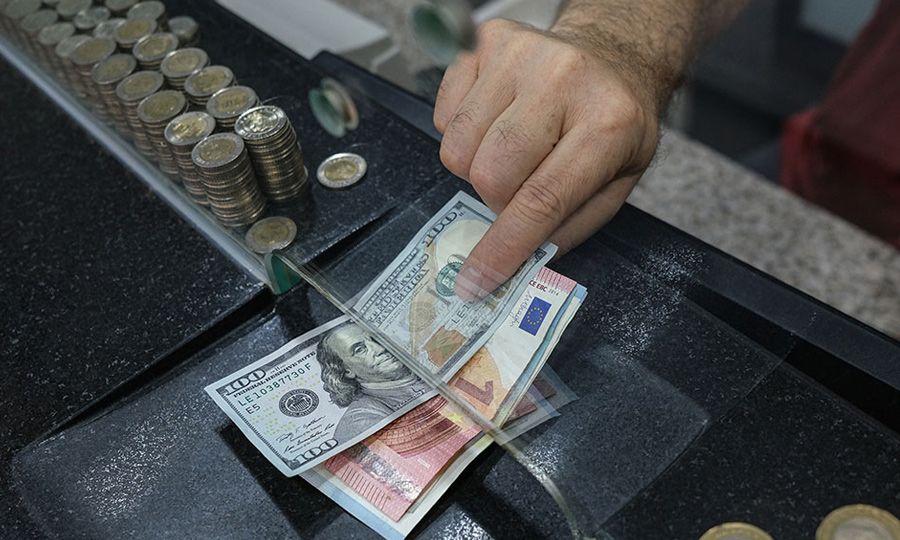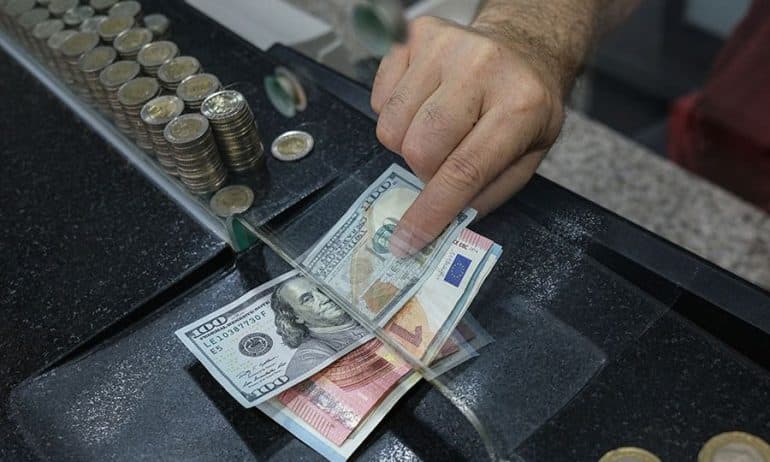After weeks of continued slide, the euro is now literally a breath away from one-to-one parity with the dollar and may well have reached it by the time this goes to print. Its decline was rather sharp, almost violent, considering that as recently as February the single European currency was still worth $1,15.
However, decisive interest rate hikes by the Federal Reserve intervened which boosted the dollar and widened the difference in borrowing costs between the US and the Eurozone, Russia's invasion of Ukraine also intervened, which is rapidly worsening the outlook for the European economy, but also the consequence of this deterioration, the skyrocketing of energy costs. And of course the uncertainty and insecurity fostered by all this pushes investors to the safety of the dollar, constantly strengthening the American currency. As Brad Mechtel, currency analyst at Jefferies LLC, pointed out to Bloomberg, "the dollar has such an acquired velocity that it is difficult to find any argument not to buy the US currency when the Fed is moving so aggressively and in Europe there are a myriad of issues." .

Market analysts believe that the strongest driver of pressure on the euro is concern over the possibility that Russia will completely cut off the flow of natural gas, thus plunging the Old Continent into recession. And not only in the recession. The war in Ukraine and soaring energy costs are accelerating the inflation that is hitting European economies. This is also the reason why the concern about Europe is intensifying and the corresponding concern about a recession in the USA is receding despite the Fed's aggressive turn to a restrictive monetary policy. The euro was trading late last night at $1,03, having earlier fallen 1,3% to $1,0057, well off last week's lows. Since the beginning of the year it has lost more than 8% of its value against the dollar, while the last time it was at such levels was at the end of 2002. It had previously fallen to $0,83 in the summer of 2001, but since the end of 2002 it has been moving more or less upwards.
In theory, of course, the decline of a currency presents certain advantages, as it improves the competitiveness of the exports of any country or group of countries that uses it. In the case of the Eurozone, however, its member countries will have the support of the ECB, which is determined to primarily prevent a jump in the borrowing costs of its most vulnerable economies. As of July 1, it has launched a new support policy for the countries of the South by reinvesting part of the profits from the bonds totaling 1,7 trillion. euros of the emergency program against the pandemic. It estimates that an average of 17 billion euros worth of bonds from the emergency anti-pandemic program expire every month, and about 12 billion euros of that is the debt of the strong economies of the European North. With these profits, it will henceforth buy Greek, Italian, Spanish and Portuguese bonds, and such reinvestments will last until the end of 2024, although this end date may be extended.
Bloomberg
